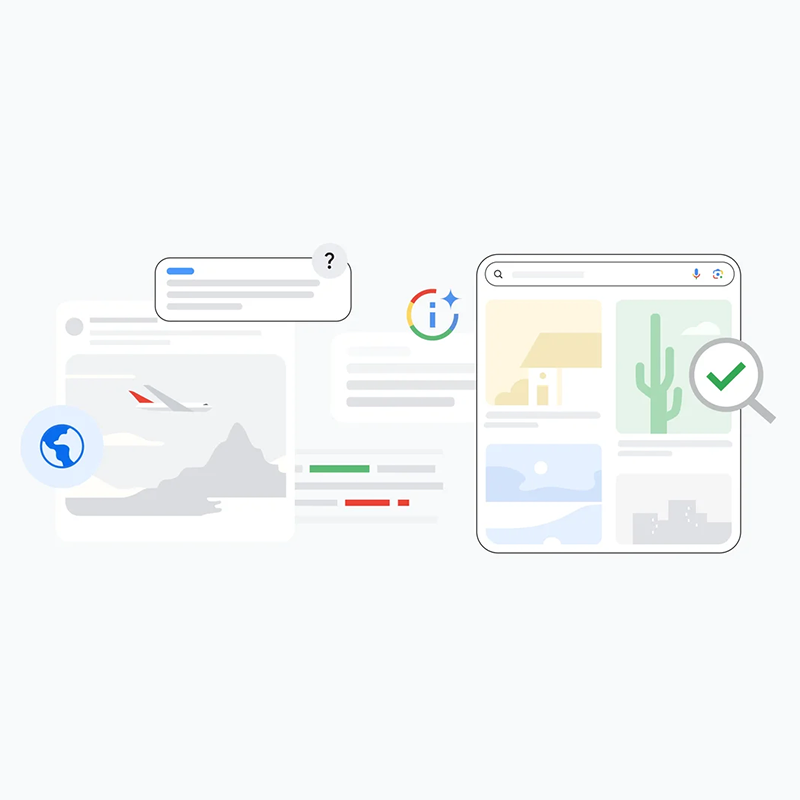
Gone are the days where text occupies the empty spaces on web pages. Images have become so common that the internet is now colorful.
But both in a good way and a bad way, because misinformation and disinformation, as well as malinformation are so common in the modern days of the internet, thanks to how easy it is to create, edit and share content. And Google wants to help minimize the chances.
In a blog post, the company introduces "3 new ways to check images and sources online."
"Google Search has built-in tools to help you find high-quality information and make sense of what you’re seeing online. Today, we’re announcing three new ways you can get more context about the images and sources you’re finding."
Get more context behind what you’re searching and the images you’re finding with new features on Search, including About this image, which helps you learn more about a photo’s online history, its use on other sites and metadata ↓ https://t.co/6YVuRvbKwN
— Google (@Google) October 25, 2023
The three methods are:
- An image’s history: Users can see when an image or similar images may have first been seen by Google Search, and whether it was previously published much earlier on other webpages. This can be helpful if an image is being taken out of context and shared in relation to a current event, but it’s actually much older.
- How other sites use and describe the image: Users can see how an image is used on other pages, and what other sources, like news and fact checking sites, have to say about it. This information can be helpful to assess the claims being made about an image, and to see evidence and perspectives from other sources.
- An image’s metadata: Users can see metadata - when available - that image creators and publishers have added to an image, including fields that may indicate that it has been generated or enhanced by AI. All Google AI-generated images will have this markup in the original file.
The feature enhances the 'About this image' feature, which has been made publicly available.
About this image is rolling out to English language users globally in Google Search.
According to CEO Sundar Pichai on an X post, the feature should give people "an easy way to check the credibility + context of images they encounter online [...] "
Google gave an example about a "crooked house," and show how users can find facts about it, and understand whether the structure is real or a digital illusion.
Users can do this using the tool, by clicking on the three dots on an image in Google Images results, or by clicking “more about this page” in the About this result tool on search results.
Google also introduces a Fact Check Explorer feature, to give journalists and fact checkers a deeper way to learn about an image or topic.
Powered by claim review mark up, the feature lets users find fact checks which have been investigated by independent organizations from around the world.
And lastly, Google wants its Search Generative Experience (SGE) to enhance users' ability in getting more information about sources.
"One of the best ways to evaluate information online is to learn more about the source," said Google.
"Say you stumble upon some cool new hiking boots, but they’re from a small merchant you’re not familiar with. You might want to do research on the seller – but in some cases, it can be hard to find information about lesser-known sites. Now, we’re starting to experiment with how generative AI can do some of that digging for you, to help you search with confidence."
For those users who opted-into SGE through Search Labs, they can see AI-generated descriptions of some sources, supported by information on high-quality sites that talk about that website.
The descriptions of the sources can be seen on the "more about this page" section of About this result for some sources where there isn’t an existing overview from Wikipedia or the Google Knowledge Graph.